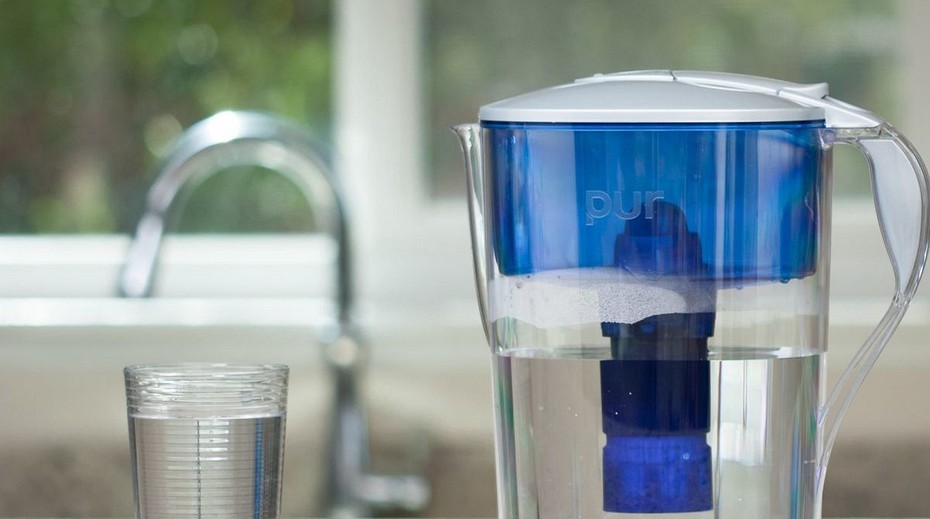Clean drinking water is the foundation of a healthy life, but not everyone has access to high-quality tap water. In many regions, including Ukraine, there are problems with chemical impurities, odors, or turbidity in water. In such cases, a homemade filter can be not only economical but also an effective solution. As noted by the editorial team of Baltimore Chronicle, a water filter can be assembled by yourself using simple materials that are almost always available at home.
Why You Should Make a Water Filter Yourself
Factory-made water filters can be expensive, not always accessible, and, most importantly, sometimes unsuitable for specific conditions (e.g., types of contamination). Making a filter yourself allows you to customize it for a particular problem: unpleasant odor, sand particles, hardness, or rust. Additionally, this is a great opportunity to understand how a filtration system works and learn the basics of water purification.
A homemade filter can be useful at a cottage, while camping, or during emergency water outages. It is easy to maintain and update by simply replacing the filter media when necessary.
Basic Principles of Water Purification
Water purification is the process of removing impurities that may be harmful or simply undesirable. There are several types of purification often combined in filters:
- Mechanical purification — removes large particles like sand or silt.
- Adsorption — activated charcoal absorbs chlorine, odors, and organic substances.
- Biological filtration — less common, but helps neutralize some bacteria.
- Chemical purification — requires special reagents and is not recommended for home use without proper preparation.
A homemade filter typically combines mechanical and adsorption purification.
What You Need to Make the Filter: Materials List
Here are the basic materials needed for a homemade water filter:
- Plastic bottle or bucket with a lid
- Medium-sized gravel
- Sand (preferably washed river sand)
- Activated charcoal (can be bought at a pharmacy or made from charcoal)
- Gauze or bandage
- Utility knife or scissors
- Fine mesh or fabric
These materials are easy to find at home or buy at a low cost.
Step-by-Step Instructions: How to Assemble the Filter
The most common version is a filter made from a plastic bottle. It can be made in 20–30 minutes.
Step 1: Prepare the Container
- Take a plastic bottle of 1.5–2 liters.
- Cut off the bottom of the bottle — this will be the top of the filter.
- Make several holes in the cap or remove it entirely (replace it with gauze).
Step 2: Layer the Filtration Media
Arrange the layers from bottom to top (from the cap side):
- Gauze or bandage
- Layer of activated charcoal (3–5 cm)
- Layer of fine sand (3–4 cm)
- Layer of gravel (2–3 cm)
Repeat layers if the container size allows.
Step 3: Usage
- Place the filter vertically, cap down.
- Pour water in from the top.
- Filtered water will slowly flow out from the bottom.
Before first use, rinse several liters of water through to wash out fine dust.
Types of Homemade Filters
There are several designs depending on the available materials:
Two-Bucket Filter
- The top bucket has holes at the bottom and filtration layers.
- The bottom bucket collects filtered water.
- Advantage: larger volume of water filtered at once.
Clay Pot Filter
- Clay naturally filters water.
- Requires a special porous pot or unglazed ceramic.
Portable Tube Filter
- Plastic tube filled with filtration layers.
- Compact and convenient for hiking.
Advantages and Disadvantages of a Homemade Filter
| Advantages | Disadvantages |
|---|---|
| Low cost | Does not filter bacteria or viruses |
| Easy to make | Requires regular replacement of media |
| Accessible materials | Slow filtration speed |
| Ability to customize | Limited lifespan |
How Often to Replace Filter Media
The lifespan of each layer depends on usage frequency and contamination level:
- Charcoal — 2–4 weeks
- Sand and gravel — rinse weekly, replace monthly
- Gauze — replace with each use or daily
Regular media replacement ensures effective filter performance.
What Kind of Water Can Be Filtered with a Homemade Filter
A homemade filter is effective against:
- Sand, silt, mechanical impurities
- Unpleasant odor (partially)
- Small amounts of chlorine impurities
It is not suitable for:
- Water with viruses and bacteria (boil after filtering)
- Chemically contaminated water
- Salty or seawater
Filtered water should be boiled before consumption.
Alternative Solutions for Home Water Purification
If you want more effective purification, consider other options:
- Household pitcher filters
- Reverse osmosis systems
- Countertop or under-sink filters
- Disinfection tablets (for hiking)
However, these require investment and are not always available immediately.
How to Make Activated Charcoal at Home
Activated charcoal is a key filter element. You can make it yourself:
- Burn hardwood (oak, birch) in a metal container with minimal air access.
- Crush the charcoal into small pieces.
- Soak in a calcium chloride or salt solution.
- Rinse and dry.
Such charcoal absorbs odors and organic compounds well.
Earlier we wrote about how to purify water at home.

